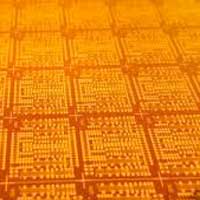 This new setup, using AFMs and carbon nanotubes, is relatively low-cost compared to other existing nanopatterning equipment or techniques, such as laser-based or electron beam-based setups.
This new setup, using AFMs and carbon nanotubes, is relatively low-cost compared to other existing nanopatterning equipment or techniques, such as laser-based or electron beam-based setups.
Monday, October 19, 2020
New nanofabrication technique to use carbon nanotubes to etch structures below 10 nm
 This new setup, using AFMs and carbon nanotubes, is relatively low-cost compared to other existing nanopatterning equipment or techniques, such as laser-based or electron beam-based setups.
This new setup, using AFMs and carbon nanotubes, is relatively low-cost compared to other existing nanopatterning equipment or techniques, such as laser-based or electron beam-based setups.
Molecular design strategy reveals near infrared-absorbing hydrocarbon
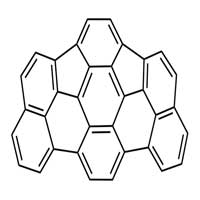 Researchers have synthesized a unique molecule with a surprising property: it can absorb near infrared light. The molecule is made only of hydrogen and carbon atoms and offers insights for making organic conductors and batteries.
Researchers have synthesized a unique molecule with a surprising property: it can absorb near infrared light. The molecule is made only of hydrogen and carbon atoms and offers insights for making organic conductors and batteries.
Material found in house paint may spur technology revolution
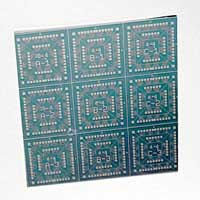 Researchers have developed a new method that will imbue computer chips that power machine-learning applications with more processing power by using a common material found in house paint in an analog memory device that enables highly energy-efficient machine inference operations.
Researchers have developed a new method that will imbue computer chips that power machine-learning applications with more processing power by using a common material found in house paint in an analog memory device that enables highly energy-efficient machine inference operations.
Mass-spectrometry breakthrough paves the way to detecting viruses
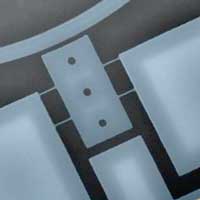 Scientists have demonstrated a breakthrough in single-particle mass spectrometry (MS) that could fast track the detection of viral particles in hospitals, offices, airplanes and other public places.
Scientists have demonstrated a breakthrough in single-particle mass spectrometry (MS) that could fast track the detection of viral particles in hospitals, offices, airplanes and other public places.
Tough love: Intense glare helps next-gen solar tech through awkward phase
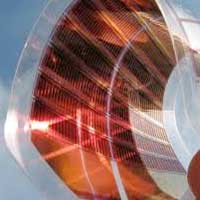 Increasing the intensity of light beyond the typical range is a surprising method of smoothing disorder, enabling control and maximising efficiency in mixed-halide perovskites.
Increasing the intensity of light beyond the typical range is a surprising method of smoothing disorder, enabling control and maximising efficiency in mixed-halide perovskites.
The chips of the future will include programmable photonic circuits
 The chips of the future will include photonics and electronics; they will have a bandwidth, speed and processing and computing abilities that are currently unthinkable; they will make it possible to integrate many other components and their capabilities will increase exponentially compared to electronic chips.
The chips of the future will include photonics and electronics; they will have a bandwidth, speed and processing and computing abilities that are currently unthinkable; they will make it possible to integrate many other components and their capabilities will increase exponentially compared to electronic chips.
Researchers develop magnetically switchable mechano-chemotherapy to overcome tumor drug resistance
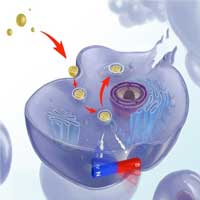 The precise, non-invasive and remote mechano-chemotherapy has provided a novel therapeutic method to overcome the drug resistance of tumor cells and facilitate cancer cure, and shed light on the research of mechanical stimulation of other biological activities.
The precise, non-invasive and remote mechano-chemotherapy has provided a novel therapeutic method to overcome the drug resistance of tumor cells and facilitate cancer cure, and shed light on the research of mechanical stimulation of other biological activities.
High pressure is key for better optical fibers
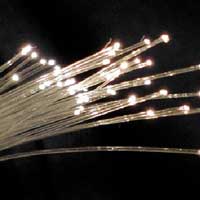 Signal loss along optical communication networks could be cut in half if silica glass fibers are manufactured under high pressure.
Signal loss along optical communication networks could be cut in half if silica glass fibers are manufactured under high pressure.
Subscribe to:
Comments (Atom)
